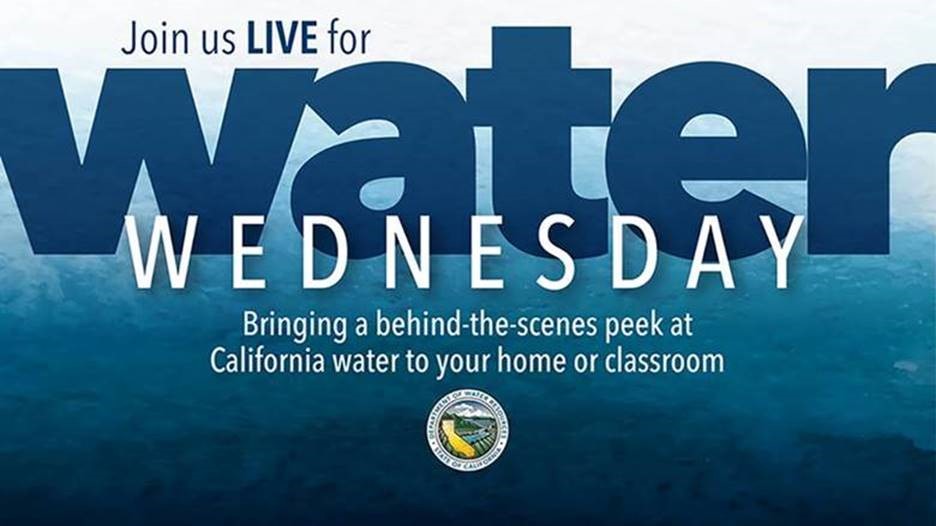Coping Amidst COVID: Wellness Digest from the Natural Resources Agency – Thursday, January 14, 2021
COVID Update

Today @ 11AM – Digital Environmental Engagement: Continuing the Conversation
During this difficult year, we have rapidly become experts in getting together while staying apart. While digital engagement tools to plan and participate in online meetings are now standard, meeting virtually has both expanded access and uncovered new obstacles. Back in June, CNRA and CalEPA hosted a 3-day conference where 59 panelists and almost 1,500 registrants from California and across the nation gathered to share frontline stories and practical tips for digital environmental engagement. Seven months later, we continue the conversation with conference attendees and new faces alike, and ask, “how can organizations keep up the momentum towards more dynamic and equitable engagement?”
Join us TODAY from 11am – 12pm PST, for the webinar: “Digital Environmental Engagement: Continuing the Conversation.” You’ll hear about the recent work of our panelists and learn about our new Digital Online Engagement Resource Catalogue, use instant polling to share lessons learned in real time, and have ample time for Q&A.
Register here
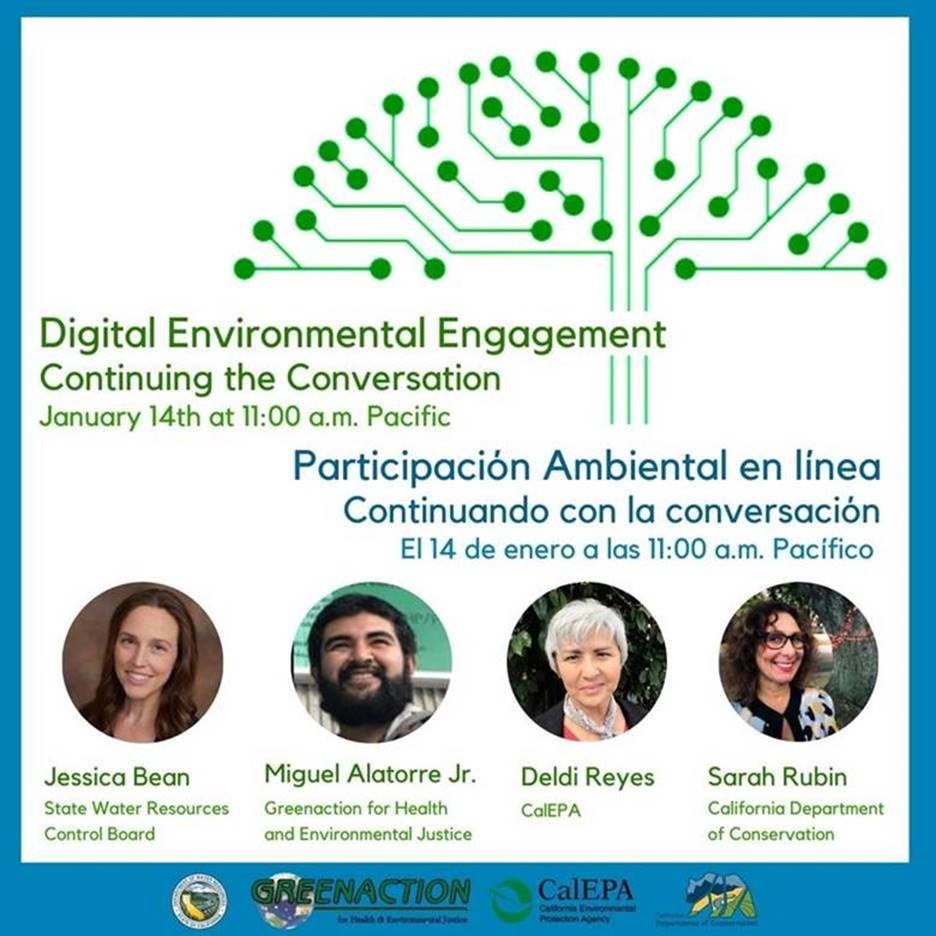
A Word with Wade: Secretary Crowfoot’s Blog – Accelerating Environmental Restoration
Blog post can be found here.
 Californians cherish our natural environment. Our lands and waters inspire us, provide for our recreation, and sustain one of the richest varieties of plants and animals on earth. But we face major challenges, including climate change, biodiversity loss and inequity that demand we move faster to conserve our natural environment.
Californians cherish our natural environment. Our lands and waters inspire us, provide for our recreation, and sustain one of the richest varieties of plants and animals on earth. But we face major challenges, including climate change, biodiversity loss and inequity that demand we move faster to conserve our natural environment.
Early on as Secretary, I shared that one of my key priorities is our Cutting Green Tape initiative to increase the pace and scale of environmental restoration. Given all the challenges we face, we must increase the pace and scale of environmental action. Our state is known for strong laws that protect the environment from the effects of development and resource extraction. However, these very same policies designed to protect our natural resources can unintentionally slow down beneficial projects that restore essential habitat and imperiled ecosystems.
With all of this in mind, early last year I asked the California Landscape Stewardship Network (CLSN) to partner with our agency and host roundtables to explore strategies to deliver restoration projects more quickly and cost-effectively. Building on existing state efforts on this front, the inclusive process brought practitioners from across the state together to flesh out ideas to improve our collective efforts. This collaboration ultimately yielded 14 specific recommendations described in a new report: Cutting Green Tape: Regulatory Efficiencies for a Resilient Environment.
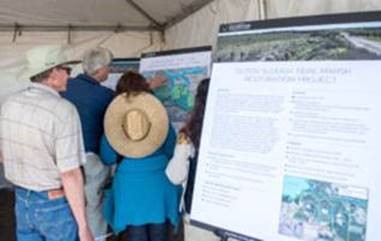 The recommendations focus on efficiencies for small-scale projects, larger-scale projects and restoration in the coastal zone. They also identify efficiencies for projects to enhance streamflow and recharge groundwater and ways to simplify permit applications.
The recommendations focus on efficiencies for small-scale projects, larger-scale projects and restoration in the coastal zone. They also identify efficiencies for projects to enhance streamflow and recharge groundwater and ways to simplify permit applications.
Our Agency is excited to have these recommendations in hand and is moving to take action on several fronts to expedite beneficial environmental conservation and restoration projects.
Our Natural Resources Agency will continue to collaborate with CLSN, our sister agencies, and groups and leaders across the state to advance this work. As we implement Governor Gavin Newsom’s recent executive order to advance nature based solutions to climate change and other pressing challenges, continuing to improve our delivery of important environmental projects has never been more important—or more promising.
Silver Linings
Construction Begins on Key Salton Sea Habitat and Air Quality Project
Large-Scale Project Anchors State’s Efforts to Improve Conditions for Communities, Wildlife as Sea Recedes
In a key step to improve conditions at the Salton Sea, construction began this week on the state’s first large-scale project to create habitat and reduce exposed lakebed around the Sea.
The Species Conservation Habitat (SCH) project, located at the southern end of the Sea on both sides of the New River, will create a network of ponds and wetlands to provide important fish and bird habitat and suppress dust emissions to improve regional air quality as the Salton Sea recedes. The SCH project will cover approximately 4,110 acres, an increase over the previously estimated 3,770 acres due to an updated design. Construction is expected to continue through the end of 2023.
Following initial onsite work in late fall, the state’s design-build contractor, Kiewit Infrastructure West Co., this week began clearing vegetation and constructing an interception ditch to drain the site. The contractor also began construction of a southern habitat berm.
“Beginning actual construction on this large project represents important progress,” California Secretary for Natural Resources Wade Crowfoot said. “It is only possible thanks to strong coordination with our local, state and federal partners, including Imperial Irrigation District, Imperial County, the Imperial County Air Pollution Control District, the Colorado River Regional Water Quality Control Board, the U.S. Army Corps of Engineers and the U.S. Fish and Wildlife Service. Obviously, much more work lies ahead. We need to continue to deliver projects on the ground that improve conditions at the Salton Sea for residents as well as for wildlife.”
The SCH project anchors phase one of the state’s Salton Sea Management Program, which centers on constructing wetlands and other projects to limit exposed lakebed, reduce airborne dust and restore environmental habitat on 30,000 acres around the Sea. The SCH is a $206.5 million investment in Imperial County that will create as many as 3,000 jobs.
After obtaining site access to the SCH area in May 2019, the state team launched the contracting process and executed a design-build contract to Kiewit in September. This design-build process, which expedites delivery of the project, was made possible through 2016 legislation supported by Assemblymember Eduardo Garcia and Senator Ben Hueso. State agencies also executed a water use agreement with Imperial Irrigation District to enable the project.
Though the construction site is not open to the public due to COVID-19 restrictions, the state team will share images of the project as construction advances on the state’s Salton Sea Management Program website.

Throughout this time of COVID, we’ve had to adapt and evolve how we typically do things. In certain instances, this had brought forward creative solutions and improvements. With this new section titled “Silver Linings” we will share some of these new, innovative changes we’re seeing from our departments and partners.
If you’ve seen or developed a silver lining that you’d like to share, please email Elizabeth.Williamson@resources.ca.gov.
Hero Chronicles – California Climate Action Corps Fellows
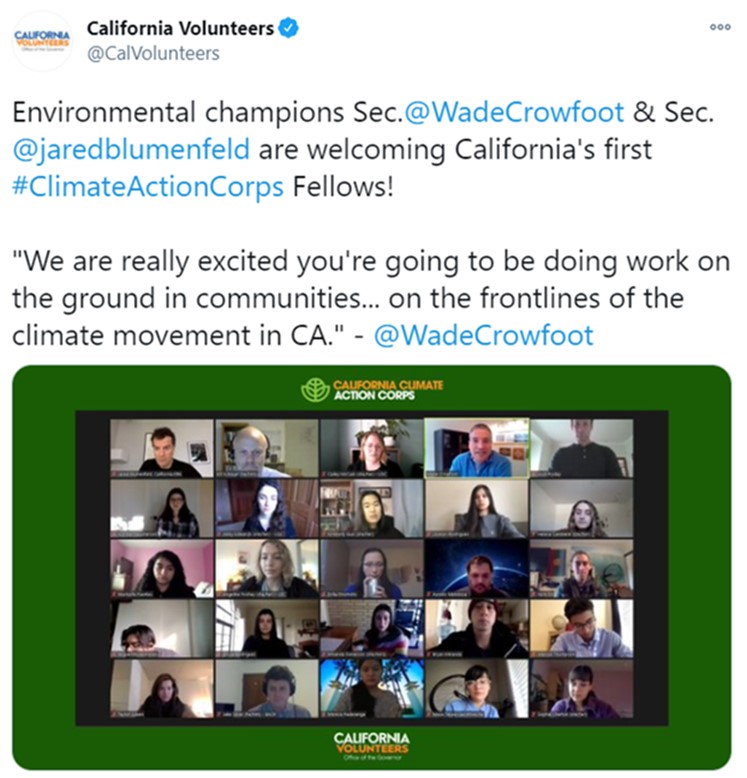
If you know of a person or group stepping up in an extraordinary, unexpected way to help us combat the crisis, we want to feature them. Please share uplifting and inspiring things you’ve witnessed during the pandemic – sharing, giving, sacrificing, etc. Please email information to Elizabeth.Williamson@resources.ca.gov.
Featured Photo – Scenic California
Photo taken by Bamdad Rassamdana from the California State Lands Commission. This photo was taken from Bamdad’s backyard on a rainy day and it depicts a two tone rose flower with water droplets on it.

If you would like to submit a photo you’ve taken to be shared in the Wellness Digest, please email Elizabeth.Williamson@resources.ca.gov with a brief description.
Virtual Water Cooler
Tweet of the Day
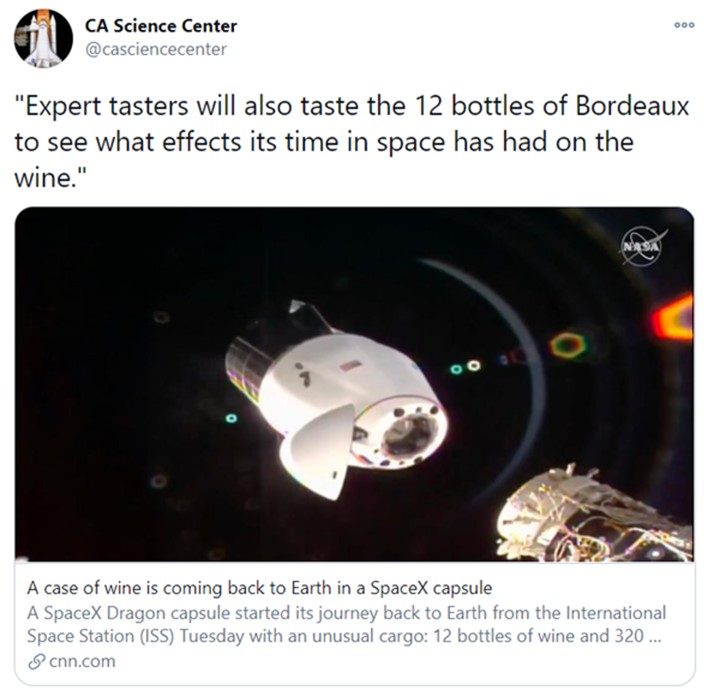
Telework Tip
Visit telework.govops.ca.gov for best practices and tips to help make telework successful for every employee and the Californians we serve.
Featured Activities
Water Wednesdays
Check out the last Water Wednesday event here
